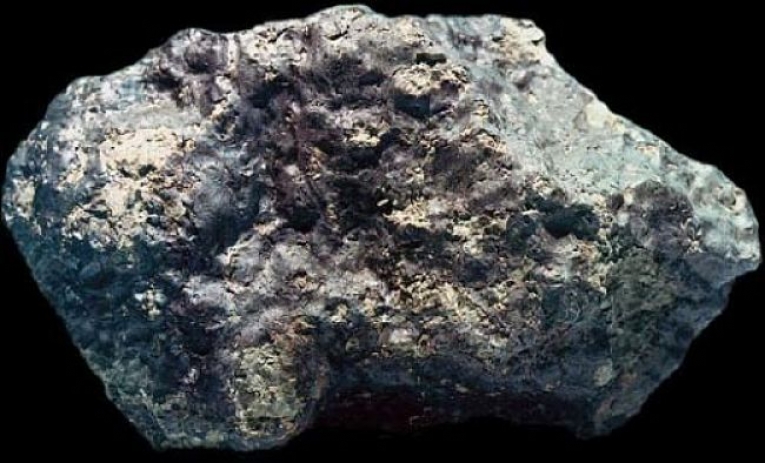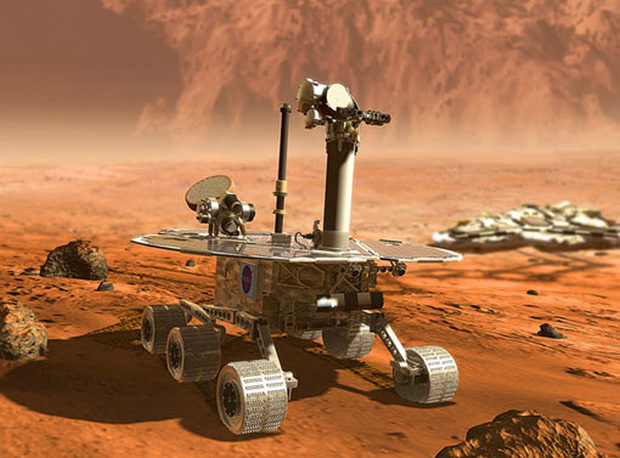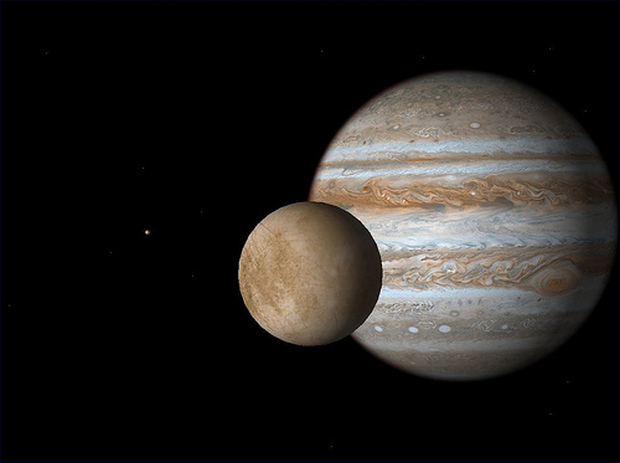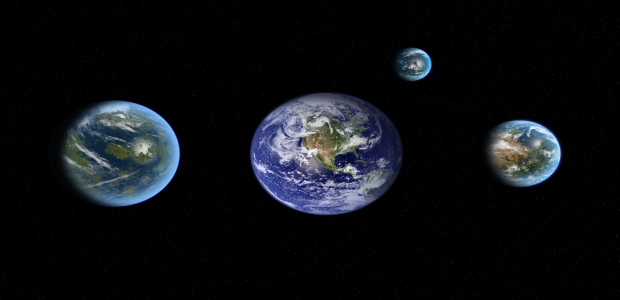The rise of the discovery of exoplanets in recent times has only led to more possibilities of finding earth-like planets. In our Solar System, Planet Mars, Saturn’s Moon Titan, and Jupiter’s Europa lead the brigade. Mars has been a target of speculation about extraterrestrial life for more than 200 years, ever since observers tracked the seasonal growth and decay of the planet’s polar ice caps. Fevered speculation about martian life raged in the late 19th century when British astronomer William Whewell (and later, American astronomer Percival Lowell) proposed a virtual civilization on Mars. Lowell based his claim on flawed observations of “canals” he made at Lowell Observatory in Arizona.
The Victorian momentum for a martian civilization led H. G. Wells to write War of the Worlds, in which Martians faced with a planet that was drying out, were forced to seize Earth. However, no evidence for life on Mars has ever come to light. In 1965, the Mariner 4 spacecraft dashed the hopes of pro-Martians when it revealed an arid, stark land- scape in the first close-up images. When the Viking landers analyzed martian soil in 1976, their results on finding traces of life were inconclusive.
Observations in the 1990s by the Mars Global Surveyor demonstrated the planet’s lack of a cohesive magnetic field, which allows cosmic radiation to bombard the planet’s surface. With no protective magnetic field, much of Mars’ atmosphere dissipated into the solar wind, leaving a cold, arid desert that would be extremely hostile to life. A media frenzy over martian life occurred in 1996 when scientists announced they had found suspicious, bacteria-like structures in martian meteorite ALH 84001. This hand-sized meteorite plucked from Antarctic ice in 1984, showed wormlike structures measuring only 100 nanometers in diameter.

NASA astrobiologist David McKay conjectured the structures were possible bacteria from Mars. After years of debate, however, the evidence seems inconclusive at best, and most scientists believe the lines are chemical structures not indicative of living organisms. All this does not necessarily add up to a lifeless Mars, however. Recent spacecraft missions have shown evidence of abundant flowing water on Mars in its past. Planetary scientists believe the Red Planet likely also has subsurface aquifers that contain vast amounts of the liquid, as well as water ice scattered in places on the surface.

The Spirit and Opportunity Mars rovers demonstrated in 2004 that Mars clearly had a wet past. And where there’s water, there could be life. The amounts of methane and formaldehyde discovered on Mars are more than planetary scientists would think could exist, given the planet’s atmosphere. Could extremophiles, microbial life forms existing somewhere inside the planet, be producing these gases?
Another intriguing possibility for life elsewhere in the solar system could be on Titan, Saturn’s largest moon. Larger than the planet Mercury, Titan is the only moon with a substantial atmosphere. Titan’s thick atmosphere abounds with organic compounds. Although its atmosphere consists mainly of nitrogen, it also contains vast amounts of methane. On Earth, methane is a byproduct of living organisms. Titan is a hostile place for living organisms, with temperatures too cold for water to exist in liquid form. Could it have been different in the past? Might a huge impact on Titan have delivered enough heat to liquefy water for a time and sustain the development of primitive life? Although planetary scientists think Titan is an unlikely place for life to exist now, they will continue to investigate the curiously large amounts of methane in its atmosphere.

What about life on Europa? The smallest of Jupiter’s four Galilean moons is an intriguing possibility. The moon’s smooth, icy surface is not at issue here — it’s the liquid ocean that scientists know exists under its surface. The Galileo spacecraft observed a weak magnetic field that varies as Europa passes through Jupiter’s strong magnetic field. This suggests Europa harbors a subsurface ocean of salty water. Planetary scientists believe microbes could exist in this ocean the same way they do around hydro- thermal vents in Earth’s oceans. Future exploration missions, such as NASA’s hydrobot concept, would attempt to release a probe into the European ocean to explore it for signs of life. Aside from a controversial meteorite from Mars, no evidence of life, microbial or otherwise, exists for the Red Planet. Only when spacecraft are able to dig into subsurface aquifers will planetary scientists answer the question.

Let us hope the day comes soon when we really will see some conclusive evidence of life in space which has been eluding mankind for centuries. Maybe in the future, we will see ourselves terraforming and creating habitable planets in our own solar system.
-end-


































